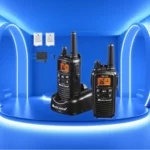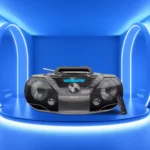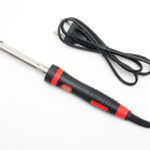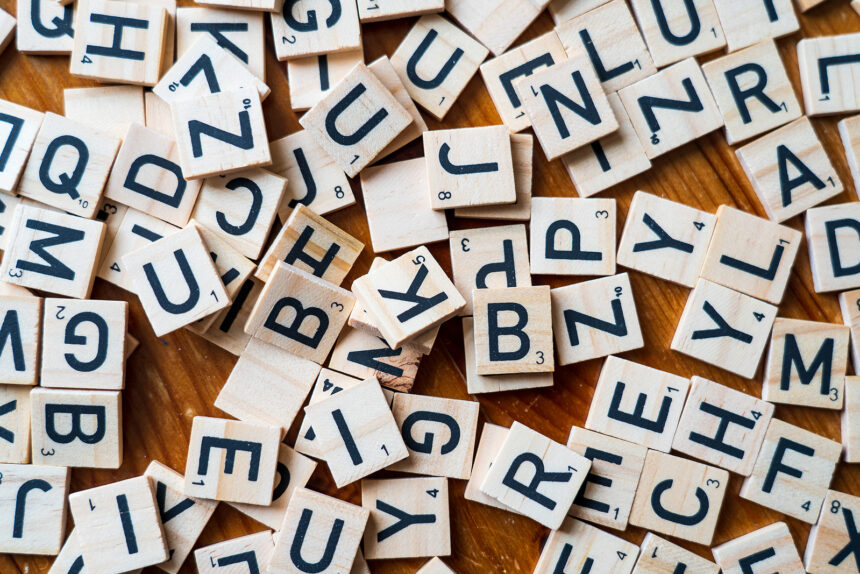Puzzle Gadgets
Puzzle gadgets have truly swept me off my feet, captivating my mind and sparking a newfound passion for intricate designs, brain-teasing challenges, and sheer entertainment value. Whether you're an experienced puzzle enthusiast like myself or just dipping your toes into this captivating world, join me on a journey to explore the fascinating universe of puzzle gadgets.
In this guide, we'll dive into their rich history, delve into various types of puzzles, and discuss the numerous benefits they offer. Plus, I'll share my personal recommendations for must-have puzzle gadgets that have brought endless joy and fascination into my life.
The Fascinating History of Puzzle Gadgets
The history of puzzle gadgets is a captivating journey that spans centuries, reflecting humanity's enduring fascination with intellectual challenges. While the allure of puzzles has captivated minds for ages, it was during the 18th and 19th centuries that mechanical puzzles began to rise to prominence. These intricate contraptions posed intricate problems for their solvers, and their popularity grew steadily.
One standout milestone in the history of puzzle gadgets is the invention of the Rubik's Cube in 1974 by the Hungarian architect and professor Ernő Rubik. This three-dimensional puzzle, characterized by its colorful, interlocking cubes, quickly transcended its humble beginnings to become a global sensation. The Rubik's Cube ignited a worldwide craze for puzzle-solving, captivating the imagination of people of all ages and backgrounds.
As we delve deeper into the annals of puzzle history, we uncover a diverse array of puzzle gadgets, each with its own unique story. These ingenious creations have not only entertained and challenged generations but have also played a role in shaping our understanding of problem-solving and creativity. From ancient brain-teasers to modern technological marvels, the evolution of puzzle gadgets continues to intrigue and inspire enthusiasts worldwide.
Types of Puzzle Gadgets
Mechanical Puzzles
Mechanical puzzles also referred to as physical or traditional puzzles, rely on the manipulation of tangible components to achieve a solution.
These puzzles encompass a wide spectrum of complexity, from intricate wooden brain teasers that require dexterity and clever maneuvering to classic jigsaw puzzles that demand patience and attention to detail.
The tactile satisfaction of physically rearranging pieces and the thrill of discovering the ultimate solution make mechanical puzzles timeless classics that continue to captivate puzzle enthusiasts of all ages.
Electronic Puzzles
In the age of technology, electronic puzzle gadgets have gained popularity by seamlessly blending modern innovations with the art of puzzle-solving. These gadgets often feature LED screens, buttons, and sensors to create interactive and dynamic challenges.
Electronic Sudoku games, for example, provide players with a digital grid and an array of number options, challenging them to strategically fill in the cells to complete the puzzle. Electronic mazes offer a new twist on the classic labyrinth concept, where players navigate through complex digital pathways.
Additionally, digital puzzle apps offer a vast assortment of puzzles, from crosswords to logic games, accessible on various devices, providing endless entertainment opportunities for puzzle enthusiasts.
Augmented Reality (AR) Puzzles
At the forefront of technological innovation, AR puzzle gadgets introduce a captivating blend of the physical and digital realms.
These cutting-edge gadgets utilize augmented reality technology to superimpose virtual elements onto the physical world, creating immersive and interactive experiences. Using smartphones or AR glasses, players can engage with AR puzzles that seamlessly integrate with their surroundings.
For instance, a tabletop puzzle might come to life as a 3D holographic image or a scavenger hunt could involve searching for hidden digital clues within a real-world environment. AR puzzles offer a truly unique and engaging form of entertainment, inviting players to explore and interact with the world in innovative ways.
Escape Room Kits
Escape room puzzle kits bring the excitement of escape room props into your own home. These kits include a series of interconnected puzzles and clues that players must decipher to “escape” from a fictional scenario.
They often require teamwork and creative problem-solving, making them great for social gatherings and family events.
Cryptic and Logic Puzzles
Cryptic puzzles and logic puzzles challenge players with riddles, wordplay, and intricate clues. Crossword puzzles, cryptograms, and sudoku fall into this category. These puzzles stimulate mental agility and require a strong aptitude for deductive reasoning and pattern recognition.
Brain-Training Apps
In the digital age, brain-training apps have gained popularity as a means to sharpen cognitive skills and memory while having fun. These apps offer a wide range of puzzles, memory games, and brain exercises designed to improve mental acuity and challenge your mind in various ways.
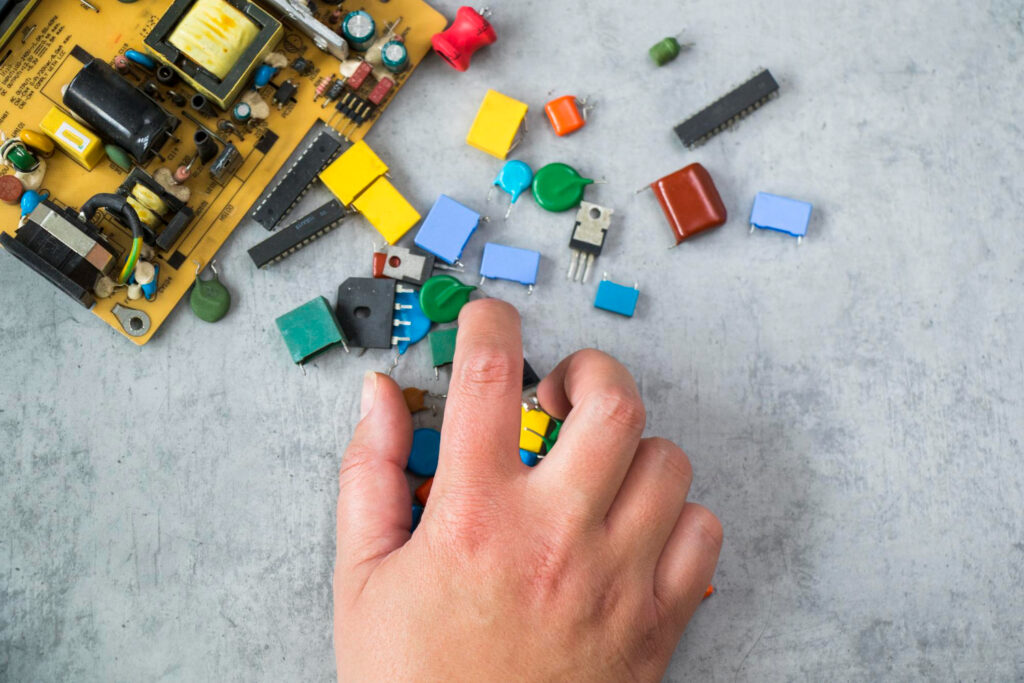
Benefits of Using Puzzle Gadgets
Cognitive Development
Engaging with puzzle related gadgets can significantly boost cognitive skills such as problem-solving, spatial reasoning, and critical thinking. They challenge your brain to think outside the box and find creative solutions.
Stress Relief
Puzzle gadgets offer an effective way to unwind and de-stress. The act of focusing on a puzzle can have a calming effect, reducing anxiety and improving overall mental well-being.
Entertainment and Social Interaction
Puzzle gadgets are fantastic sources of entertainment, whether you're playing solo or with friends and family. They promote social interaction, foster healthy competition, and can be a great addition to parties and gatherings.
Improved Patience
Solving puzzles, especially complex ones, requires patience and persistence. As you work through challenging puzzles, you learn to embrace setbacks and keep trying, which can translate into improved patience in other aspects of life.
Enhanced Memory
Many puzzles, such as memory games and pattern recognition puzzles, stimulate memory recall. Regular engagement with these puzzles can help improve your memory and cognitive retention over time.
Increased Concentration
Puzzle gadgets demand your full attention and concentration, helping you develop the ability to focus on a single task for an extended period. This enhanced concentration can be valuable in various areas of life, including work and studying.
Boosted Self-Esteem
Successfully solving a puzzle, especially a challenging one, can be incredibly rewarding. This sense of accomplishment can boost self-esteem and self-confidence, encouraging you to take on more significant challenges in other areas of life.
Stress Reduction
Engaging with puzzles triggers the release of dopamine, a neurotransmitter associated with pleasure and relaxation. This chemical response can lead to stress reduction and an overall improved sense of well-being.
How to Choose the Right Puzzle Gadget
Choosing the perfect puzzle gadget can be a rewarding endeavor, but it's essential to make an informed decision based on various factors. Here's a more detailed guide on how to select the right puzzle gadget for you:
- Identify Your Interests and Preferences: Start by understanding your own preferences. What type of puzzles do you enjoy the most? Are you drawn to the tactile satisfaction of physical puzzles like mechanical ones, or are you intrigued by the interactive and high-tech nature of electronic and AR puzzles? Knowing your preferences will help narrow down your options.
- Assess Your Skill Level: Consider your puzzle-solving abilities. Are you a novice, an intermediate enthusiast, or an experienced puzzle solver? Some puzzle gadgets are designed for beginners, while others offer greater complexity and challenges for seasoned veterans. Matching your skill level with the appropriate puzzle gadget ensures a satisfying experience.
- Set a Budget: Puzzle gadgets come in various price ranges. Decide on a budget that aligns with your financial considerations. Mechanical puzzles, for instance, can range from affordable to collector's items with premium price tags, while electronic and AR puzzles may have different cost structures. Setting a budget helps you narrow down your choices further.
- Research and Reviews: Take the time to research different puzzle gadgets within your chosen category. Explore online reviews, puzzle enthusiast forums, and product descriptions. Learning about the experiences of others can provide valuable insights into the quality, durability, and entertainment value of a particular puzzle gadget.
- Consider Durability and Materials: For mechanical puzzles, pay attention to the materials used and the craftsmanship. High-quality wood, metal, or plastic components are essential for longevity and a satisfying tactile experience. Electronic and AR puzzle gadgets should also be well-constructed to withstand regular use.
- Evaluate Replay Value: Some puzzle gadgets offer replayability by providing a variety of challenges or the ability to reset and start anew. Consider whether the gadget offers lasting entertainment value or if it's a one-time experience.
- Compatibility and Accessibility: If you're considering electronic or AR puzzle gadgets, ensure they are compatible with your devices. Check if they require specific hardware, operating systems, or apps. Accessibility features may also be important, especially if you have specific needs or preferences step choose.

The Future of Puzzle Gadgets
The future of puzzle gadgets promises an exciting evolution as technology continues to advance at a rapid pace. Here's a more detailed look at how puzzle gadgets are likely to evolve in the coming years:
Augmented Reality (AR) Advancements
Augmented reality is expected to play a significant role in the future of puzzle gadgets. As AR technology becomes more accessible and powerful, it will enable even more immersive and interactive puzzle experiences. Imagine solving puzzles that seamlessly blend digital elements with the real world, creating intricate and dynamic challenges that adapt to your environment in real-time.
Artificial Intelligence Integration
Artificial intelligence (AI) will likely be incorporated into puzzle gadgets to enhance gameplay. AI algorithms can generate puzzles tailored to an individual's skill level, preferences, and past performance, providing a personalized and continually evolving puzzle-solving experience. AI-driven hints and assistance can also make puzzles more accessible to a broader audience.
Virtual Reality (VR) Puzzle Adventures
Virtual reality is poised to revolutionize puzzle-solving by transporting players to entirely virtual worlds where they can manipulate objects and solve puzzles in a three-dimensional space. VR puzzle gadgets will offer a heightened sense of immersion, enabling players to physically interact with their surroundings and collaborate with others in virtual environments.
Multiplayer and Cooperative Puzzles
The future of puzzle gadgets may see an increase in multiplayer and cooperative puzzle-solving experiences. With the advancement of online connectivity and collaboration tools, players from around the world can team up to tackle complex puzzles together in real-time, fostering a sense of community and teamwork.
Integration with Wearable Technology
Wearable technology, such as smart glasses and augmented reality headsets, could become integral to the puzzle gadget experience. These devices can provide a hands-free and highly immersive way to engage with augmented reality puzzles, allowing users to explore, interact, and solve puzzles seamlessly in their physical surroundings.
Gamification and Storytelling
Puzzle gadgets of the future may incorporate gamification elements and storytelling narratives to make the puzzle-solving experience even more engaging and emotionally compelling. Players may find themselves immersed in intriguing narratives where puzzle-solving is a key element of advancing the storyline.
Frequently Asked Questions about Puzzle Gadgets
1. What exactly are puzzle gadgets?
Puzzle gadgets are innovative and interactive devices or objects designed to engage users by presenting them with a variety of challenging puzzles, riddles, or mechanical tasks. These puzzles can range from traditional jigsaw puzzles to intricate mechanical brain teasers.
2. What types of puzzles can I expect to find in puzzle gadgets?
Puzzle gadgets encompass a wide spectrum of puzzles, including jigsaw puzzles, maze puzzles, lock puzzles, cryptic puzzles, logic puzzles, and more. The diversity of puzzles available ensures there's something for everyone.
3. Are puzzle gadgets suitable for people of all ages and skill levels?
Yes, puzzle gadgets cater to a diverse audience. They come in various difficulty levels, making them suitable for both children and adults. There are simple puzzles for beginners and highly complex ones for seasoned puzzle enthusiasts.
4. How does one go about solving puzzles in puzzle gadgets?
Solving puzzles in puzzle gadgets can involve various techniques, from trial and error to careful observation and logical deduction. Most puzzle gadgets come with instructions or hints to help users get started, making them accessible to all.
5. Are there any cognitive benefits associated with using puzzle gadgets?
Indeed, using puzzle gadgets offers several cognitive benefits. They promote critical thinking, problem-solving skills, patience, and creativity. Furthermore, they provide an enjoyable way to exercise your brain and relieve stress.
6. Where can I purchase puzzle gadgets?
Puzzle gadgets are available at a wide range of retail outlets, including toy stores, online retailers, specialty puzzle shops, and gadget stores. You can also explore DIY puzzle gadget kits if you're inclined to build your own.
7. Can puzzle gadgets be used as educational tools for children?
Absolutely. Puzzle gadgets are highly educational for children. They enhance cognitive skills, improve spatial awareness, and help develop mathematical and logical abilities. Many puzzle gadgets are explicitly designed for educational purposes.
8. Do puzzle gadgets require batteries or a power source?
The power requirements of puzzle gadgets can vary. Mechanical puzzles do not require batteries or electricity, while some electronic puzzle gadgets may need power sources to operate. Always check the specific requirements for your gadget.
9. Are there multiplayer or group-oriented puzzle gadgets available?
Yes, there are puzzle gadgets designed for multiplayer or group use. These gadgets encourage cooperative problem-solving and can be a great source of entertainment during social gatherings.
Conclusion
My journey with puzzle gadgets has been nothing short of transformative, turning my leisure time into moments of pure intellectual exploration and joy. From delving into their captivating history to exploring various types of puzzles, these gadgets have enriched my life in countless ways.
They've not only honed my cognitive skills but also provided a welcome escape from the daily stresses of life and fostered memorable moments of connection with loved ones.
As I eagerly anticipate the future of puzzle gadgets, the promise of augmented reality, artificial intelligence, and virtual reality integration fills me with excitement. These innovations are set to elevate puzzle-solving to new heights, offering even more immersive and personalized experiences.
My experience with puzzle gadgets has taught me that choosing the right one is a deeply personal journey, aligning preferences, skills, and budgets to find the perfect puzzle gadget that resonates with my passion for intellectual challenges and creative exploration. In this universe of puzzle gadgets, I've discovered that unraveling mysteries isn't just a pastime; it's a source of endless fascination and inspiration.

